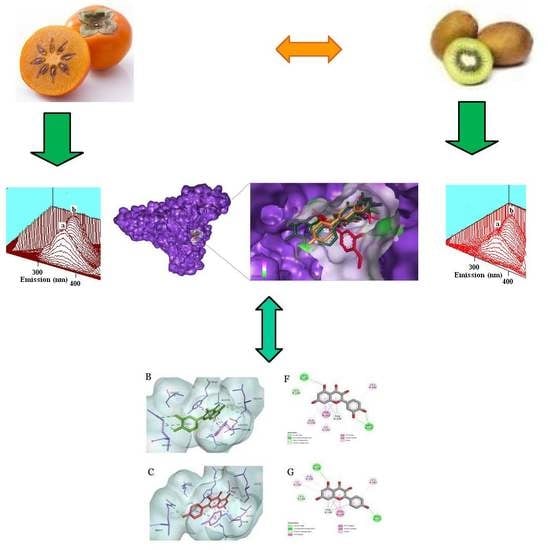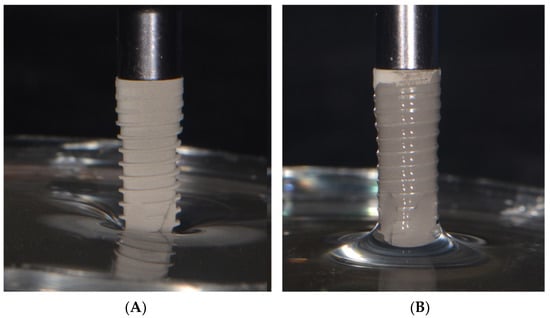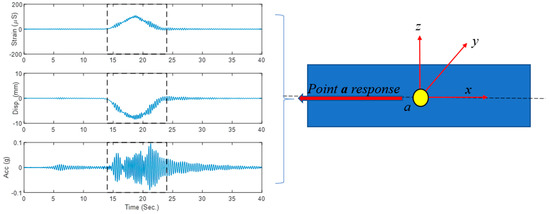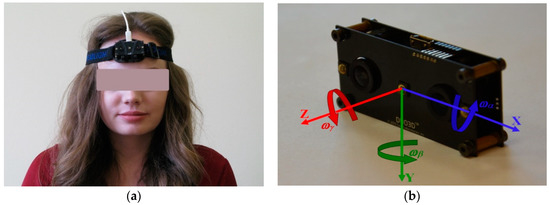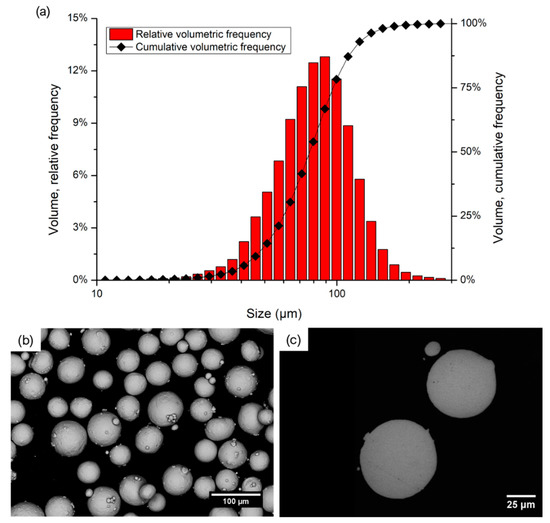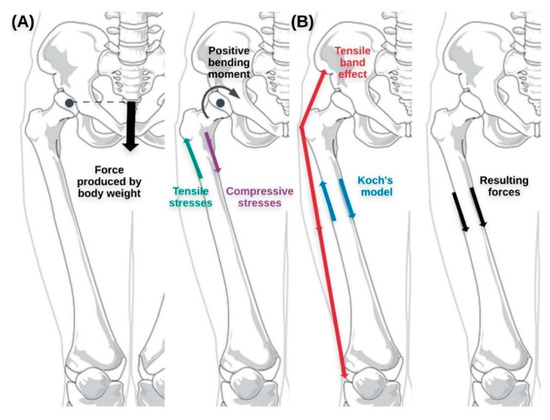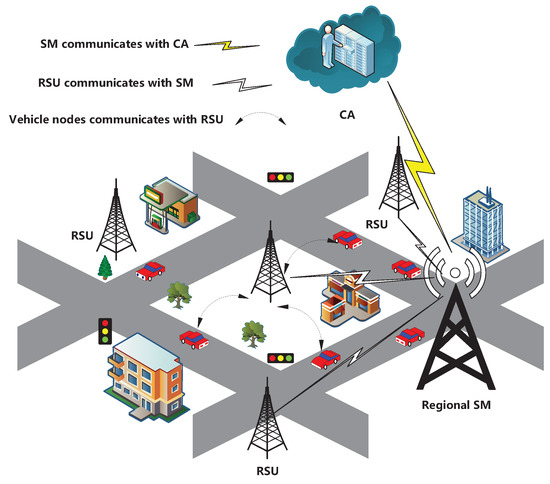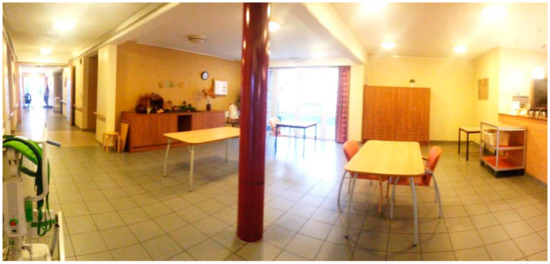Appl. Sci. 2020, 10(12), 4219; https://doi.org/10.3390/app10124219 - 19 Jun 2020
Cited by 6 | Viewed by 3219
Abstract
A gantry crane located in a near-field earthquake-prone area is selected in this paper as an example, and the nonlinear finite element (FE) model is used considering the material nonlinearity including plastic hinges and the second order (P ) effect with
[...] Read more.
A gantry crane located in a near-field earthquake-prone area is selected in this paper as an example, and the nonlinear finite element (FE) model is used considering the material nonlinearity including plastic hinges and the second order (P ) effect with a comprehensive consideration of the components including sill beams, support beams, legs, and trolley girders. The local displacement ratio (LDR) and deflection ratio (DR) are proposed as demand measures (DMs) of the gantry crane, which are utilized to construct a probabilistic seismic demand model (PSDM). Then, the capacity limit states for the gantry crane are defined in this study by performing pushover analysis (POA), known as serviceability, damage control, and collapse prevention, respectively. Moreover, the operating capacity of the crane during an earthquake is further investigated and quantified by operating seismic peak ground acceleration, which is defined as the maximum acceleration when the failure probability is 50%. Finally, the fragility curves and the failure probability of the gantry crane are derived by the above definitions, all of which are pioneering in the seismic design of gantry cranes subjected to near-field ground motions. Some major conclusions are drawn that the horizontal component of an earthquake has a more notable effect on the structural damage of the gantry crane compared to the vertical component, and incremental dynamic analysis can take seismic uncertainty into account and quantify the deformation of gantry crane in more detail.
Full article
(This article belongs to the Section Mechanical Engineering)
►
Show Figures

